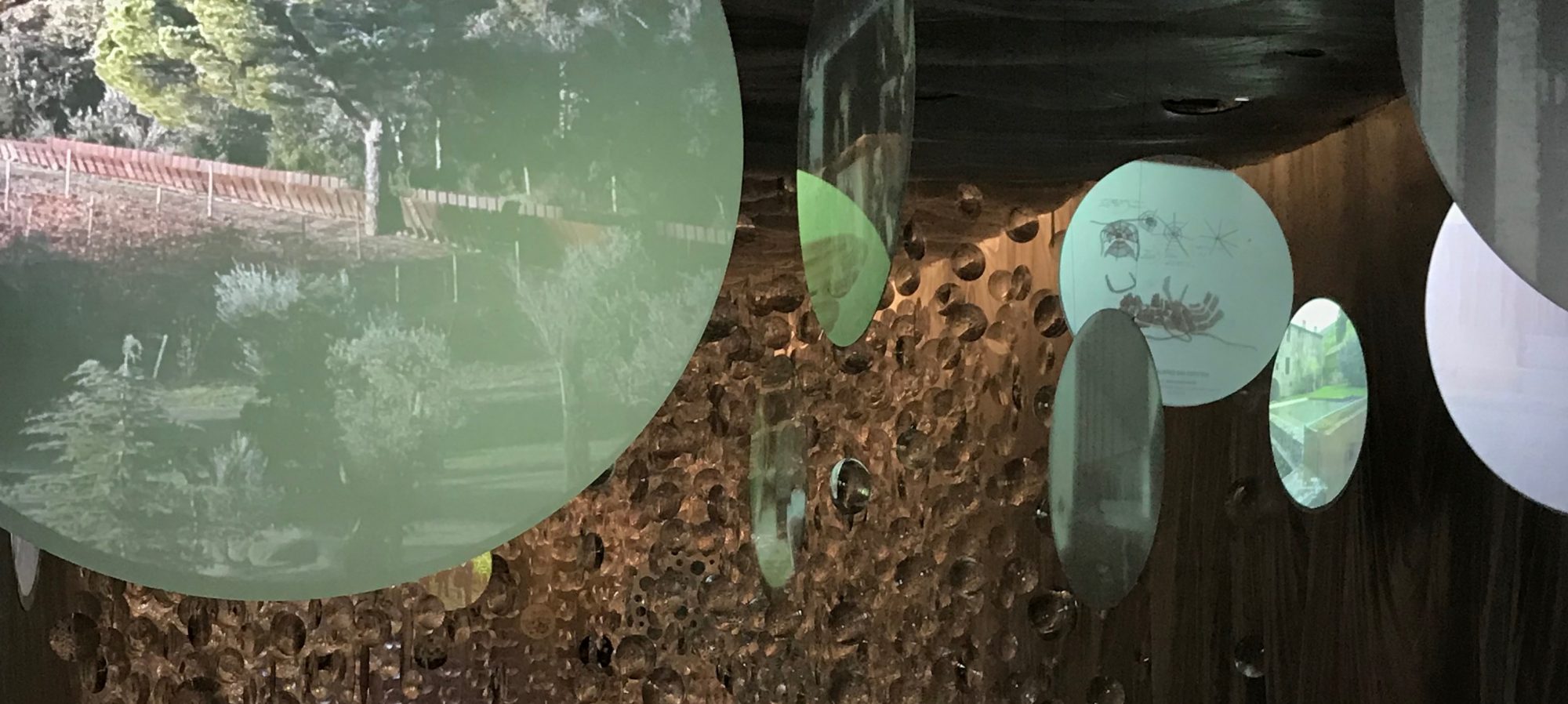Research is vital to architectural practice. So I thought I would rewrite, revise and update some of the practical comments from a previous post from December 2015.
Research and Development is central to any relationship, engagement or linkage between architecture academia, practitioners and emerging businesses. Perhaps this goes without saying but too often it needs to be spelt out. Numerous architectural websites and brochures are full of statements about how research is valued and prioritised. But sometimes it all seems a little bit too “feel goody” and “mission statement” like for me. Architects need to be specific about their research aspirations.
Most architectural firms are keen to go upstream. By going upstream I mean creating distinct knowledge that helps a firm to get clients and charge more. There are however, I think a few things small firms and teams of architects can do to amplify their research capabilities. Even larger architectural firms would benefit from some of these suggested strategies about research.
1. Actually have a research strategy
Research involves developing knowledge or expertise in a particular area. But this knowledge needs to be integrated across the firm. For that reason it makes sense that an architectural practice would focus their research efforts in a way that aligns with their business strategy (if they have one). If the firm seeks to develop a competitive advantage in health, or facade design, or sustainable design or some aspect of urban design then its research efforts should align with this.
Whilst it is important, it may not be as effective to pursue research, or view research, as simply being about implementing new technologies in the office or figuring out what the next bit of funky software the firm should buy (see no. 2 below). Sometimes the line between these activities and strategic research is blurred. One office I worked for, in the earlier days of CAD, did spend a lot of time researching and understanding the expressive possibilities of CAD design and architectural representation. As CAD developed this gave them a large competitive advantage. Clearly the knowledge and research gained, as CAD systems themselves developed, had strategic benefit to the firm. In any case, I would always push for a line of research in the office that is at least aligned with its current strategies or with its intention to develop new areas of expertise.
Research is not simply about finding out about new materials, or the latest technical thingo, for your latest project and then filing the information into an electronic folder for later reference. Unless, of course you think that the knowledge you gain from the material and technical research process can be used elsewhere. But, I think that is what all architects think: That extra research or knowledge they gain on one project can be used on another. But I am a little sceptical about this as it seems too adhoc. Especially, if the firm does not have a research strategy or its projects are highly customised and different each time.
2. Wacky research is ok.
Of course sometimes architects might do research just for the hell of it (this kind of contradicts the first point above). There is a balancing act between conducting research to improve current capabilities versus working on seemingly new and radical innovations. Getting the balance right is important but sometimes research needs to be wacky. Research is about trial and error and indeed about making mistakes. That is in part what research is about. Buckminster Fuller is a pretty good example of this.
Politicians and shock jocks
Of course if you are a politician or a shock jock or a member of conservative think tank all research has to be somehow “practical” not “obscure” and have some demonstrable value to the tabloid reading public. I guess that’s how politicians and some journalists think. It’s a weird position to take. Because most of the people who espouse this view, especially the political class, have never have never really ever worked in the real world.
For those of us who have worked and struggled with their own business in the real world you understand that you have to undertake research, or take positions, that are risky or may not have an obvious or immediate benefit. But it’s the risky research that’s probably going to give a firm the real disruptive edge in business. Arguably, the obvious less risky thing is the thing everyone else is doing as well.
Firms, universities and individual researchers, gain competitive advantage when they pursue knowledge for its own sake.
3. Create a Research network
As one of my friend’s has done in his practice Architectural firms who prioritise research build an ecosystem of mentors, advisers and experts that they can interact with to debate and test new ideas. Almost all start-up companies will have advisory boards that advise them through the pitfalls and hazards of commercialising an idea and then growing. So why not architects? For architects, networking of course isn’t necessarily always about trying to find new jobs. It can also be about gaining knowledge of what is going on across the domains of knowledge where you practice. At least one person in any practice needs scan the horizon for new ideas or the latest research developments.
Although it is far removed form small architectural practices good example of creating a research network is the Google example. The Google platform is an ecosystem that includes consumers, software innovators, content providers and advertisers. It is a permeable system where outsiders can also become collaborators. Hence, it is not simply a matter of trucking in people or experts to help you solve a problem. It is about creating a network or ecosystem of collaborators who can help a firm to create new knowledge and to also understand what is happening within architectural and urban discourse.
4. Use your staff to create research knowledge.
Another dilemma for architects is how to organise a firm to do research. In the old days all wisdom in the office came from the Master. The so-called Master was not unlike Gary Cooper in the Fountainhead movie. He (sadly, always a he) was usually the architectural designer who by force of ego, class background, cachet of education, or through experience and perseverance.
When I worked for a “Master” in the 1980s as a young architecture student I could do nothing right and you can imagine what this did for my confidence as a designer. He was a truly good architect and in later years proved to be a designer of international note. But, he was also never wrong and always insistently right. Contending with the Master’s wisdom was really not a great career move. It was a little bit like being in a cult. Master’s love acolytes and they of course like acolytes who agree with them. The worst thing a firm can do is to create teams in its own image rather than diverse teams that I would argue are they key to creativity.
Ownership of new conceptual ideas or design processes more often than not is, and should be, shared. It never really resides in the mind of one person no matter how much symbolic capital they may have as a master. As they say at Pixar: “A company’s communication structure should not mirror its organisational structure. Everybody should be able to talk to anybody.”
This might be why my favourite model of Knowledge Management or is based on the Japanese management theoretician Nonaka whose work points the importance of “knowledge as a vital source of competitive advantage, there is little understanding of how organisations actually create and manage knowledge dynamically.” Nonaka and his colleagues understand that knowledge creation in an architectural firm, or any firm for that matter, is a collaborative and iterative process.
5. Collaborate with academics.
Bring academics into your firm’s research ecosystem. The problem is academics are often time poor and hemmed in by teaching commitments and an overly regulated bureaucracy. On the other hand not all academics understand the dynamics of practice or business protocols. But, most academics in architecture schools love to do research. They also like to talk about it. Because of this it is a good idea to contact and foster the participation of academic researchers (like me!) into a practice’s work. Invite them in as critics. Invite them to the firm’s Christmas party. Get them drunk and see what they say. Allow them to participate in planning workshops or esquisses. This will help the academics understand the pressures and time frames of the practice. It will also get them thinking about what you do as a firm and what you can do better. It’s like having your very own free management consultant attached to your firm (sort of). Before you know it you will become part of some useful collaborative research projects.
6. Teach a studio.
One good way to conduct research and create new knowledge is to teach a studio at an architecture school.
In setting up and running a studio the knowledge created can then help the studio leaders, as practitioners, to position and locate themselves in relation to various policy debates, and emerging programs, as they emerge in urban discourse. This enables a firm that teaches to gain an advantage over its competitors by actively being a part of an ongoing public and policy debates. After all isn’t that what it’s all about.
I have been pretty sick this week with a cold I caught on the plane from the conference in Manchester that then turned into an excruciating sinus infection. But, this week at my great architecture school and faculty we are launching an entrepreneur’s breakfast. The basic idea is to get the disciplines within our faculty to engage and come into contact with entrepreneurs, founders of start up companies and for academics and higher degree students to have a greater appreciation of innovation systems, business entrepreneurship, the magical and mystical world of venture capital and perhaps more importantly how to manage small businesses so that they grow into more sustainable ones.

